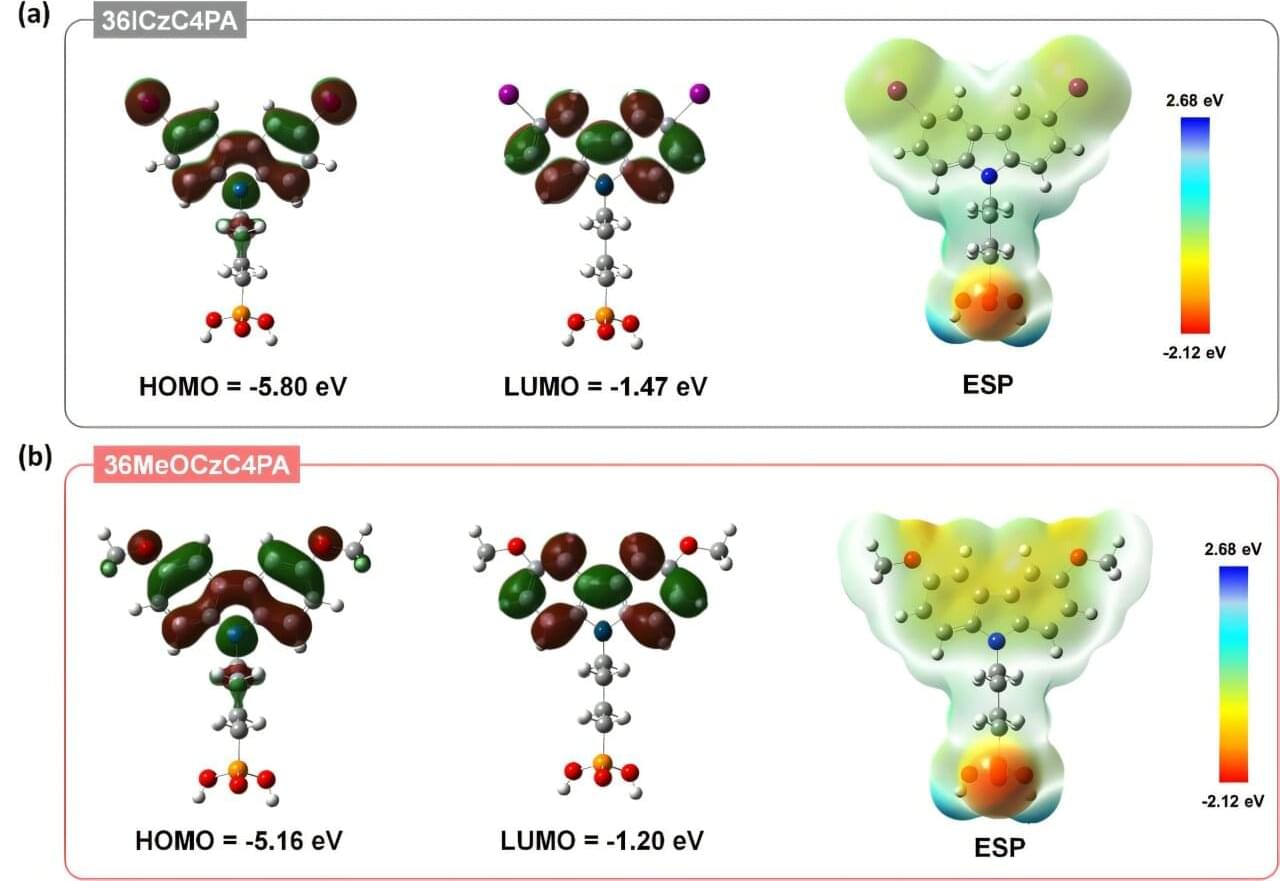A novel thin-film material capable of simultaneously enhancing the efficiency and durability of tandem solar cells has been developed.
Led by Professor BongSoo Kim from the Department of Chemistry at UNIST, in collaboration with Professors Jin Young Kim and Dong Suk Kim from the Graduate School of Carbon Neutrality at UNIST, the team developed a multi-functional hole-selective layer (mHSL) designed to significantly improve the performance of perovskite/organic tandem solar cells (POTSCs). Their study is published in Advanced Energy Materials.
Tandem solar cells are advanced photovoltaic devices that stack two different types of cells to absorb a broader spectrum of sunlight, thereby increasing overall energy conversion efficiency. Among these, combinations of perovskite and organic materials are particularly promising for producing thin, flexible solar panels suitable for wearable devices and building-integrated photovoltaics, positioning them as next-generation energy sources.
